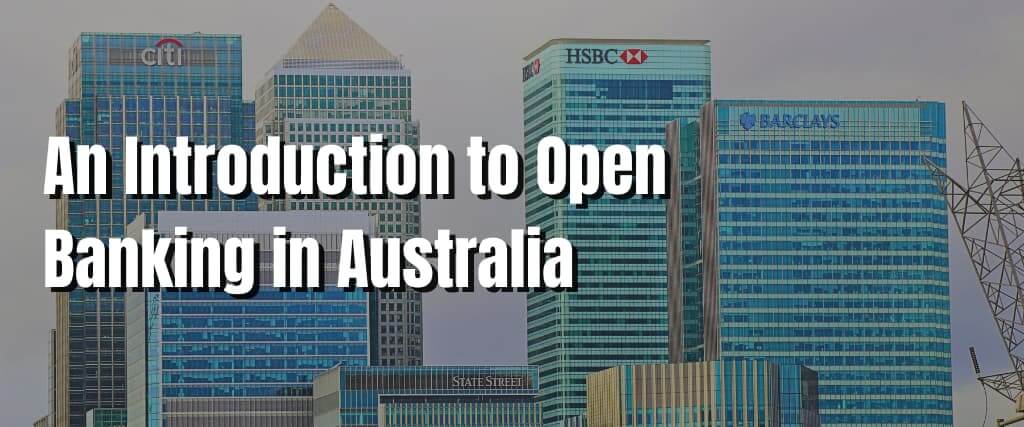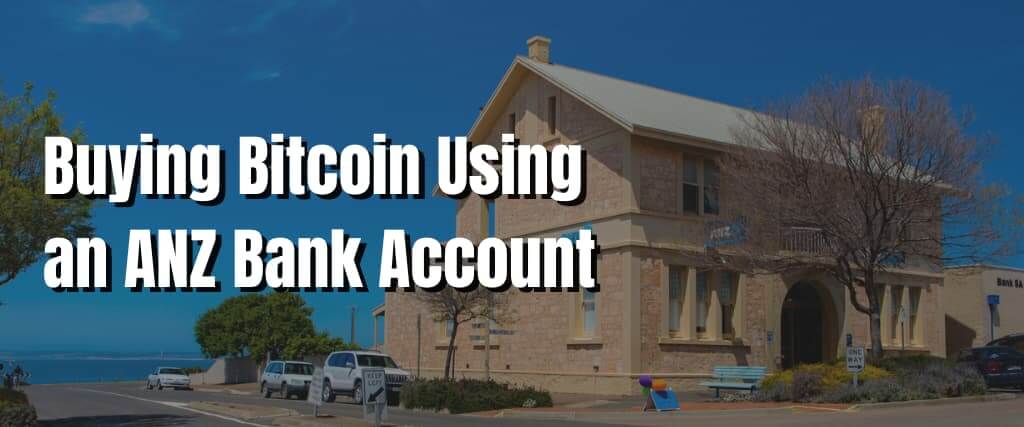
Open banking is transforming the way we bank and provides you with more control over your personal information and financial decisions.
Since its introduction in July 2020, open banking has increasingly grown in popularity in the industry. So it’s likely that you will stumble over the term when researching banks or other financial institutions.
Here’s everything you will need to know:
- What is open banking?
- How does open banking work?
- How can I use open banking?
- Why should I care about open banking?
- Who can see my data?
- How do I share my data in open banking?
- What types of data can I share in open banking?
- What are the benefits for open banking?
- What banks in Australia use open banking?
- Open banking and the CDR
- Is open banking safe?
- Basiq and open banking
- FAQs
- Further your understanding of open banking
What is Open Banking?

Open banking is all about the data that banks and financial institutions have on you. At its core, the practice gives you the ability to access your banking data and gives you more control over how you want to use it.
Open banking creates a centralised financial data network, ultimately freeing your financial information from your current bank or institution.
No longer will organisations trap you within their system and limit your exposure to new products. Now, you can enjoy the freedom to access your banking data and share it with various organisations to ensure the best financial products that suit your needs.
How Does Open Banking Work?

Open banking works by sharing your financial data with trusted third-party services that the Australian Competition and Consumer Commission (ACCC) accredits. With your consent, these third-party services can share your financial data on an open network shared with other banks and institutions. In return, you can enjoy greater mobility when making financial decisions that best suit your wants and needs.
How Can I Use Open Banking?

By consenting to share your data, you can use open banking to switch banks or sign up for financial products with greater ease.
Before opening banking, you would need to prepare your financial data (e.g. account information and transaction history). Now, you can use open banking to request your existing bank to send your data to a new service within minutes.
You can also use open banking to share your data with budgeting tools. In return, you can receive personalised financial advice and access recommended financial products that best suit your needs.
Who Can See My Data?

Privacy of personal information is the highest priority in open banking. Therefore, open banking only allows third-party services that the ACCC has accredited to access your financial data.
Most banks, known as ‘ADIs’, have the relevant accreditation to access your data. However, non-ADIs like fintech companies need to apply to the ACCC for accreditation and prove that their data security protocols align with government standards.
As a consumer, you have the right to select which third parties can see your data. Additionally, you can revoke your consent at any given time.
How Do I Share My Data in Open Banking?

Open banking only takes minutes to set up.
Here is how you share your data:
- provide consent for third-party service to access your data
- verify your identity
- confirm the data that you consent to share
- data is securely shared with third-party services
- enjoy the benefits of personalised financial decision making
What Types of Data can I Share in Open Banking?

If you are a client of a big four bank (ANZ, Commonwealth Bank, NAB and Westpac), or with a smaller bank that has opted into open banking, you can share data about:
- home, investment and personal loans
- joint accounts
- savings accounts
- transaction accounts
- deposit accounts
- transaction data
- direct debits
- payments
Why Should I Care About Open Banking?

Open banking places you at the centre of your finances. Not only do you have more control over your data, but you can also easily transfer your information to other banks or financial services.
By sharing your data, you empower yourself to be more active in your finances and find the right personalised services. Plus, there are many benefits.
What Are the Benefits of Open Banking?

Increased control over who you can share your banking data with means greater financial benefits. Open banking frees you from administrative ties to your current bank and provides you freedom to explore other financial options.
Here are some benefits you can enjoy when you sign up for open banking:
- apply for financial products with greater ease
- switch banks with minimal stress
- freedom to explore the best financial products
- greater control over your finances
- greater exposure for fintech companies
Apply for Products with Greater Ease
Open banking makes it faster for banks to approve your applications for their financial products as they can access your data in one centralised location.
Open banking makes it easier to sign up for:
- credit cards
- debit cards
- home loans
- personal loans
- budgeting tools
For example, suppose you are applying for a loan with a financial institution. In this case, they can access your account data and transaction history for a real-time assessment of credit risk.
Therefore, open banking saves you countless hours preparing necessary financial data for an application.
Switch Banks with Minimal Stress

The inconvenience of switching providers was once considered a task too challenging and time-consuming. Banking customers often stayed with their providers because of this stress, even if they were unhappy with the service.
Open banking makes it incredibly easy to transfer your identification and financial data to another provider. Now, you can switch banks in the comfort of your own home with extreme simplicity and speed.
If you are considering switching home loans, We have also found a great digital broker that uses open banking to compare 35+ lenders and banks online to find the right home loan.
Freedom to Explore the Best Financial Products
By sharing your financial data with other institutions, you can research the best personalised products for your immediate needs and wants. Accredited data recipients can provide you with a more tailored service based on your information and lifestyle with access to your data.
As a result, open banking can offer you better access to better products and provide you with price comparisons across multiple providers.
Greater Control Over your Finances
Open banking can provide you with a holistic understanding of your finances. With easier access to budgeting tools, you can combine your financial data with apps that track and help you reach your saving goals.
Greater exposure for Fintech Companies
Open banking is creating growth opportunities for fintech companies. The innovative practice is changing the banking industry by offering an equal playing field through an open network of shared data.
Smaller fintech companies and financial institutions now have equal access to the market. This new banking environment increases fintech companies’ ability to challenge larger financial institutions with healthy competitive banking practices.
The open network benefits customers through better deals and provides valuable insight into banking customers’ habits for fintech companies.
What Banks in Australia use Open Banking?

All major banks in Australia now provide open banking, including:
- AMP
- ANZ
- Bank Australia
- Citigroup
- Commonwealth Bank
- HSBC
- Macquarie Bank
- NAB
- Qudos Bank
- Suncorp
- Westpac
See the full list of current data holders and recipients at the CDR website.
Open Banking and the CDR
The ACCC created the Consumer Data Right (CDR) to ensure that you, the consumer, are empowered when accessing and comparing banking products and services. CDR gives you the right to consent to what types of data you want to share with third parties.
Open banking is the first phase rollout of the CDR in the banking sector.
The Government plans to implement the CDR in other areas outside the banking industry, such as the energy or telecommunications sector, to protect Australian consumers.
For more information on the CDR and its role in open banking, click here.
Is Open Banking in Australia Safe?
Open banking is not only practical, but it is safe.
Personal information is a highly valuable asset, that is why open banking takes extensive measures to carefully guard your data to prevent security breaches.
Commbank CEO, Matt Comyn stated that “customers are weary to share data across companies which is an understandable concern. I think over time, we believe more customers will become more comfortable provided that they see this as an important benefit to them.”
Open banking is only possible for accredited data recipients registered with the ACCC. The government agency assesses every application to ensure that services can securely store your data. Another trusted government agency, the Commonwealth Scientific and Industrial Research Organisation (CSIRO), was also responsible for establishing the data sharing process.
Alongside strict government rules and regulations, each accredited data recipient must implement advanced security measures to protect your data at all times.
Basiq and Open Banking
Basiq never shares your personal open banking data with third parties without your consent. We do not use overseas third party services, and we store all our data security in Australian centres. Therefore, your data will never leave Australia, and it is impossible to sell.
We have created a personal online dashboard so you can stay up to date on your data and permit or withdraw consent at any given time.
FAQs
How much does open banking cost?
Nothing! Open banking is a free service.
How secure is open banking?
Open banking is extremely secure. The Australian Government approved the framework, and the ACCC ensures that any organisation holding or receiving your data has the appropriate measures for security.
If you consent to share your open banking data, you can trust that third-party services ensure the highest security level possible for storage.
What’s the difference between CDR and open banking?
Open banking is the first phase initiative of the CDR in Australia. As the CDR continues its rollout, you can expect initiatives similar to open banking in the energy and telecommunications sector.
What rights do I have in open banking?
You have the right to give or revoke your consent to share data at any given time.
Services must also make clear:
- what data you’re sharing
- how they will use the data
- how much time they have to access the data
- how to revoke consent
Are there any considerations before using open banking?
If you’re thinking about using open banking, you should consider if you are comfortable with sharing your financial data with trusted recipients. It is always smart to think about what data you want to share and why before consenting.
If you have any hesitations or questions about open banking, you should contact your provider and ask them how they handle your data.
Further your Understanding of Open Banking
- What is the CDR?
- Who are the key stakeholders in Open Banking?
- What and who are current Data Holders?
- The CDR accreditation process explained
- Digital Data Capture vs Open Banking – why you need both
- Open Banking use cases – now and in the future






